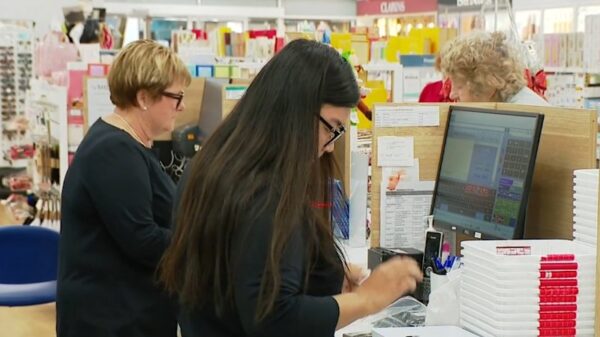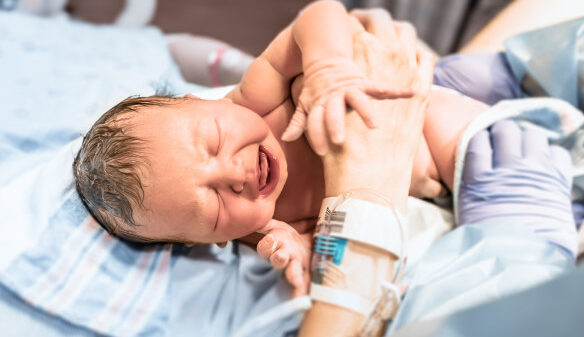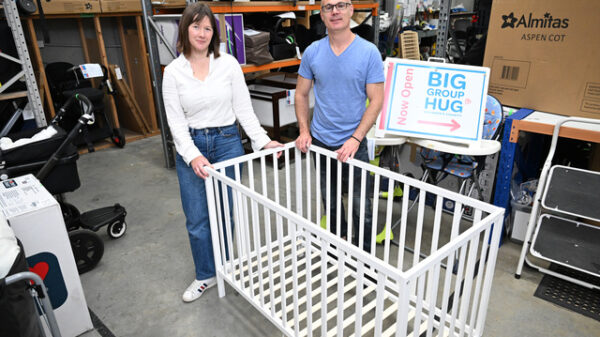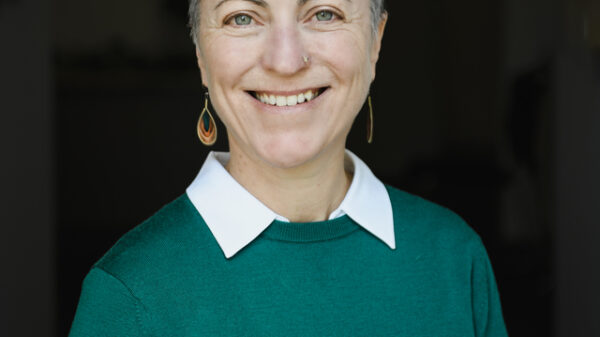A woman’s painful experience during a miscarriage has revealed significant shortcomings in the Australian healthcare system, particularly for those facing pregnancy loss. In May 2023, on what was supposed to be her 40th birthday, Jas Rawlinson found herself in a public hospital following a miscarriage at her son’s school carnival. The emotional and physical toll of her experience was compounded by the hospital’s handling of her medical care.
In the immediate aftermath of the miscarriage, Rawlinson felt a hard lump of tissue and instinctively sought medical advice. When she contacted the Early Pregnancy ward at her local hospital, she received a dismissive response, leaving her feeling uneasy. Despite initial reassurances, she took the advice of an AI tool, which prompted her to seek urgent medical care. This decision proved crucial, as it led to the discovery that tissue remained in her cervix, posing a risk of infection.
Once in the emergency department, Rawlinson encountered the distressing reality of a fragmented healthcare system. Although many healthcare professionals were well-meaning, she faced repeated inquiries about her medical history from numerous staff members. Each question served as a painful reminder of her loss, forcing her to relive her trauma in a sterile and impersonal environment.
Unnecessary Trauma in Healthcare
Rawlinson noted that while healthcare workers are often overworked and underappreciated, their approach to patients in distress requires sensitivity. The constant repetition of her story to different personnel added to her emotional burden. “Every question is a reminder of broken hopes and dreams,” she explained.
Her experience was compounded by the lack of understanding regarding the needs of individuals who have faced sexual violence or trauma. Rawlinson, who identifies as neurodivergent, found the hospital environment particularly challenging due to sensory overload and painful medical procedures. She emphasized the importance of trauma-informed care in such settings.
One positive aspect of her ordeal was the support from her midwife, who provided guidance during her hospital stay. Following her midwife’s advice, Rawlinson advocated for herself, seeking a gynecologist rather than a general staff member to address her situation. Eventually, she was seen by a more knowledgeable healthcare professional who was able to assist her.
Call for Change in Healthcare Practices
After enduring a distressing series of events, including a surgical procedure to remove the trapped tissue, Rawlinson reflected on the need for significant changes within the healthcare system. She proposed several recommendations aimed at improving the experience of women facing pregnancy loss, including:
1. **Minimizing Repetition**: Medical staff should streamline information sharing to avoid patients having to recount their trauma multiple times. A centralized record should be accessible to all relevant personnel.
2. **Private Spaces**: Providing private rooms for patients can help reduce the emotional distress associated with sharing space with others in crisis.
3. **Informed Consent**: Clear communication regarding procedures and medications is vital. Patients should be informed about what to expect during anaesthesia and have access to written information post-surgery.
4. **Sensory Considerations**: Offering tools such as earplugs, stress balls, or weighted blankets can significantly alleviate distress for neurodivergent patients.
5. **Acknowledging Trauma**: Given that many patients may have histories of sexual violence, healthcare staff should approach care with an awareness of these backgrounds, understanding that procedures can evoke powerful emotional responses.
Rawlinson’s experience underscores a critical need for healthcare systems to adapt their approaches to better support individuals undergoing pregnancy loss. As she concludes, “No one can reverse the pain we carry, but together we can strive to make this process less traumatic.” Her insights are crucial as healthcare professionals work to create a more compassionate and understanding environment for all patients.






























































